15. Good Bye Lenin! (Wolfgang Becker, 2003)
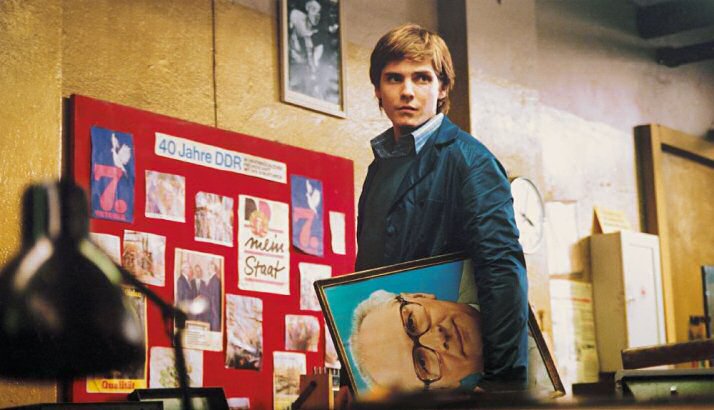
This is another great movie that focuses on the divided Germany and the DDR and its communist customs. Despite having different points, when compared to “Das Leben der Anderen”, this film does provide a different perspective on the subject of DDR, albeit their common theme.
This one is a comedy-drama, more a comedy than a drama, and in spite of its comedic intent, “Good Bye, Lenin!” does makes you think about life after the fall of Berlin Wall and life before that event. The film won several awards and became one of the highest grossing films of the German film industry.
Daniel Brühl plays Alexander Kerner, a young man who is trying to hide from his mother the fact that there is no divided Germany, and that the “communist paradise and illusion” has already fell into pieces. After being in a coma for several months, Kerner’s mother, who is a supporter of the communist regime in DDR, has to be protected by her family.
Alex, his sister, and her boyfriend join forces to pretend that the Berlin Wall never fell and that the communist regime still exists, in order not to allow the mother to have a tremendous shock that might have fatal consequences. Along the way, Alex falls in love and the plot turns into something more moral and emotional than its beginning, allowing the viewer to think over some aspects of life, which may or may not be forgotten.
14. Der letzte Mann (F. W. Murnau, 1924)

This film tells the story of a successful doorman at an important hotel in the city, who loses his job and becomes the laughingstock of society. It’s one of Germany’s most successful outputs and one of Murnau’s best works. It is able to transmit the reality of a German society in need of a push, which unfortunately came by the hands of Adolf Hitler and his Nazi regime in 1933. Most people were hungry, had difficulties, and sensed that the country wasn’t responding to their needs.
Murnau understood those problems and replicated them to the big screen, personifying those feelings by the character portrayed by one of Germany’s legendary actors, Emil Jannings. He performs one of his finest works and his acting is indeed top-notch. He is a doorman who is successful and proud, and is suddenly afraid of a society that mocks him due to his newly ‘obtained’ position. Eventually, Murnau feels sorry for the character and gives him a happy ending.
13. Vampyr (Carl Theodor Dreyer, 1932)
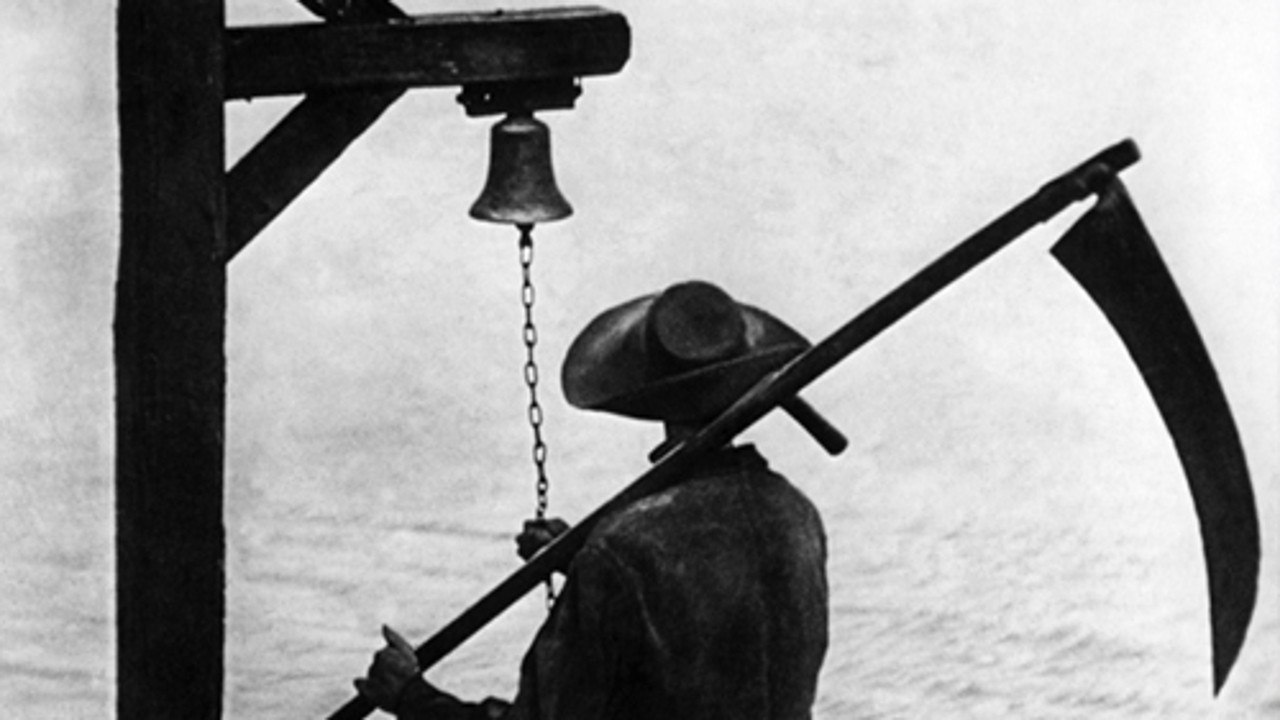
Despite its mixed reception that was mostly negative, the film became one of the most influential movies ever made, mainly in the horror genre. “Vampyr” tells the story of a drifter obsessed with the occult who enters a village under the spell of a Vampire. It’s Dreyer’s first film with sound and was recorded and dubbed in three different languages. Still, there are very few spoken scenes and dialogue.
The difference of opinion between the old critics and modern critics is mainly due to its slow-paced action and the way the filming was handled. Many saw it as an insult to horror films, but with time, the movie was actually compared to classics such as “Nosferatu” or “Das Cabinet des Dr. Caligari”, both mentioned on this list.
The film’s gripping storyline and its innovative scenes make this release a must in the horror genre, combining several characteristics that might enhance its surprising effect on the way viewers watch this movie.
12. Berlin Alexanderplatz (R. W. Fassbinder, 1980)

The TV miniseries / film turned into an epic from the instant it started rolling. This epic tale tells the story of Franz Biberkopf’s effort to become part of a society of crime, deceit, and carnal desires.
After being released from prison for killing his wife who was severely beaten after an argument, Biberkopf has now to deal with the problems of society and the effort necessary to survive in a Germany with a growing Nazi influence and consequent rise to power, but he also has to deal with the people attached to that same society, who were often changed by the criminal underworld’s intentions.
Throughout the movie / miniseries, Biberkopf is often described as a womanizer, a sometimes drunkard, and badly tempered, who is only now making an effort to become part of a society totally deviated from his newly (re)born intentions.
The epic lasts 15 and a half hours; it was based on the book with the same name, written by Alfred Döblin. Gunter Lamprecht’s performance is completely insane, perfect I would dare to say; he personifies the new ‘criminal mind’ with the desire to reform himself, but with no concrete results. The last episode embodies and packages all the surreal emotions of this strange characters and the people with whom he relates.
11. Faust (F. W. Murnau, 1926)
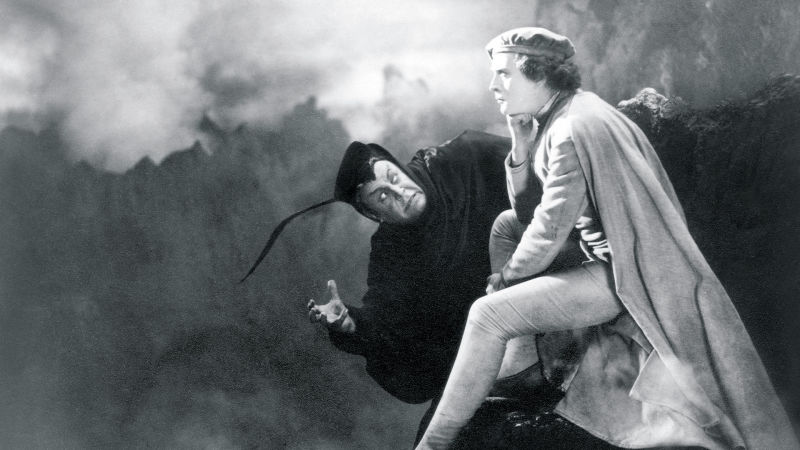
It’s an amazing version and screen adaptation of the literary masterpiece by Johann Wolfgang von Goethe. It’s symbolic because it’s the last movie in German by F.W. Murnau before moving to Hollywood. It’s the best adaptation, the most genial and fantastic, with classical camera cuts and a way of filming completely innovative to the time it was released.
It tells the tale of a man between Good and Evil, between Paradise and the Netherworld. He must choose his path while selling his soul to the Devil, who has bet with God that he would be able to corrupt even the purest of men. He is a man empty of carnal objectives or desires of lust and greed, who only pays attention to books and his academic life.
The movie deals with social problems such as poverty and social inequality. “Faust” is an important piece of history, dramatizing with the geniality of Murnau one of the greatest pieces of literary output.
10. Nosferatu (F. W. Murnau, 1922)
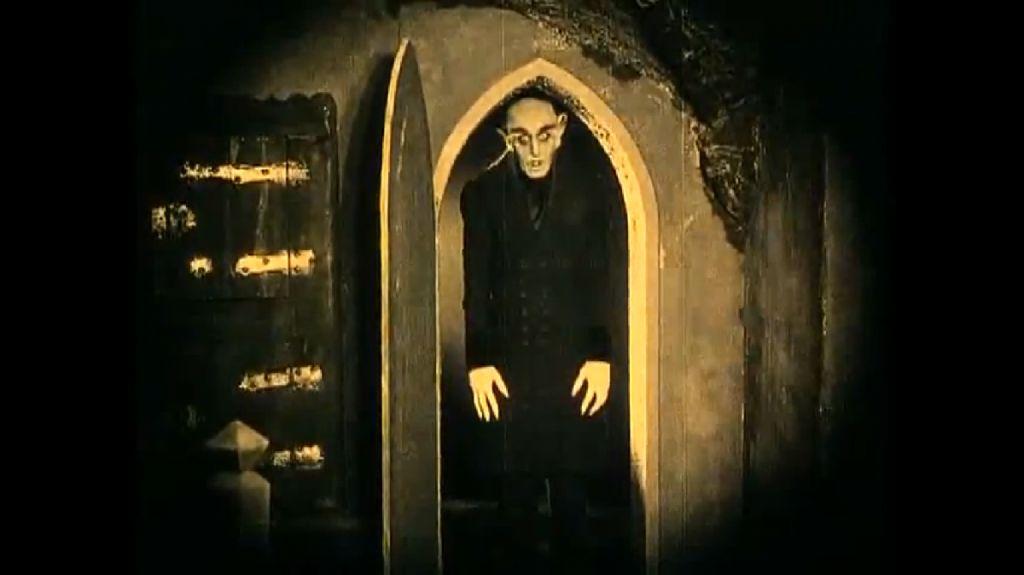
It’s another stroke of genius by the hands of Murnau, who had his major hit in this film, catapulting the director to new heights, giving him a new status and a position of respect among film directors.
The film was remade in 1979, featuring Bruno Ganz and Klaus Kinski and directed by Werner Herzog. Personally, I prefer the original works and this original version, released in 1922, became a pioneer of the Dracula-based storylines released throughout the years. This movie was based on the book “Dracula” written by Bram Stoker.
Thomas Hutter is sent by his employer, Knock, to visit a new client, Count Orlok, who lives in Transylvania. Hutter is separated from his wife but is excited to go ahead with this job. In Transylvania, the tale of an existing vampire scares the inhabitants, but fascinates the Count, who by his side looks like a monster.
In time, the Count expresses interest in a new residence and in Hutter’s wife, who is a real estate agent. Soon, the facts will come up and will be cleared with the suspicion of plague coming upon the residents of the city where Hutter and his wife live. Although the real plague doesn’t exist, another plague will come upon the inhabitants of this German town, with perhaps more dramatic consequences.
Check out another version of the film, a more recent version and in color, Nosferatu: Phantom der Nacht (1979) by Werner Herzog.
9. Das Boot (Wolfgang Petersen, 1981)
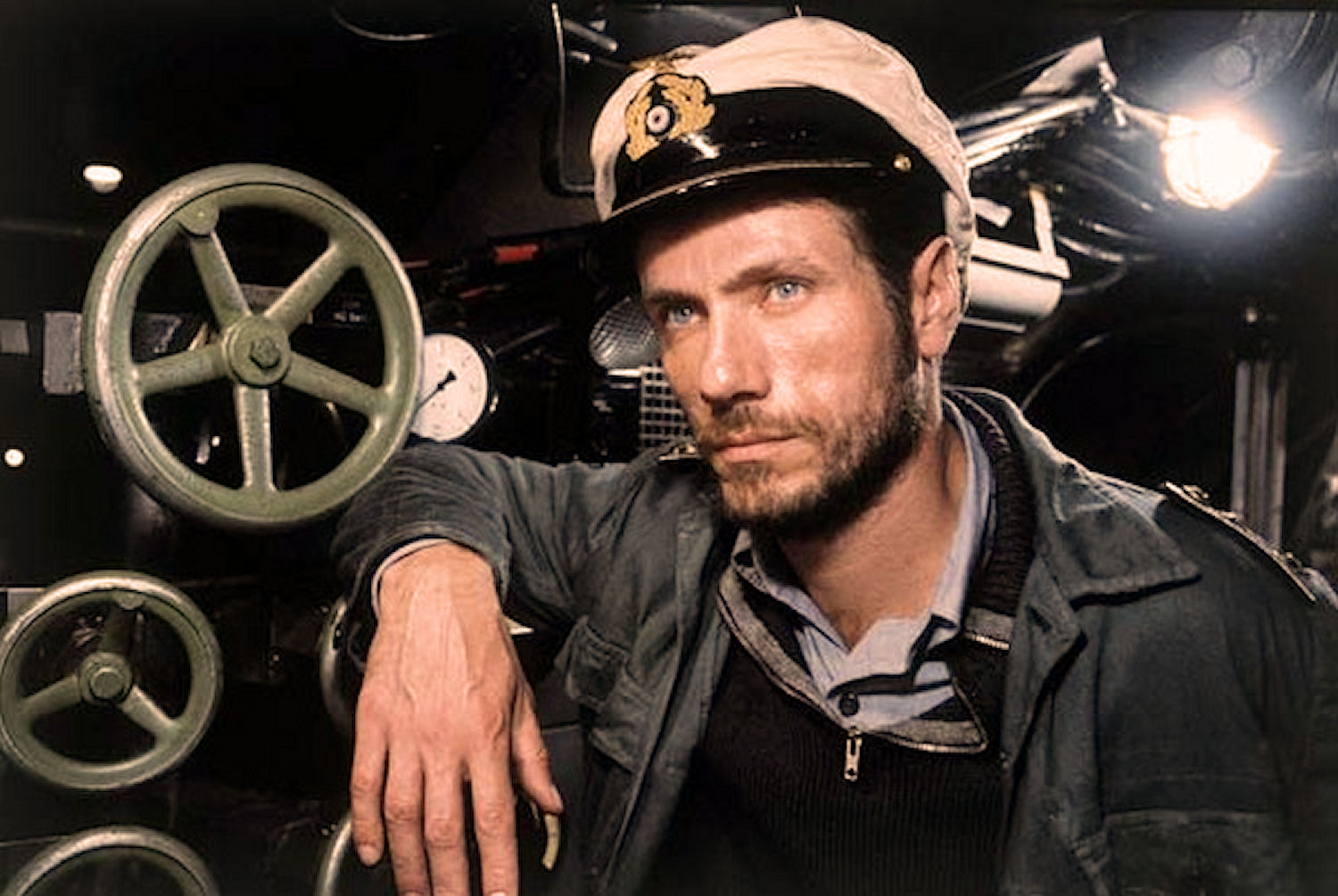
It’s viewed as one of the greatest war movies of all time, and fairly viewed as one. Not only does “Das Boot” provide a historical perspective, albeit with a ‘small’ inaccuracy, but it also provides a philosophical insight of the lives of the German soldiers inside the U-boats.
The look on their lives is mostly from a philosophical perspective, acknowledging the importance of the war effort on the survival of Germany as a nation, but also acknowledges the necessity (or lack thereof) of this seemingly endless war. It features Jürgen Prochnow and German singer Herbert Grönemeyer in the main roles.
The performances are exquisite and full of life, never disregarding the true intent of the film and its storyline. The film also exploits the victories and defeats of this German crew, as they watch their own country being torn into pieces when they start losing the war, contrasting with the initial victories this crew had.
It’s without a doubt Wolfgang Petersen’s greatest release, and a true reference to German war movies, which only started to be released intensively after 1970.
8. Der Untergang (Oliver Hirschbiegel, 2004)
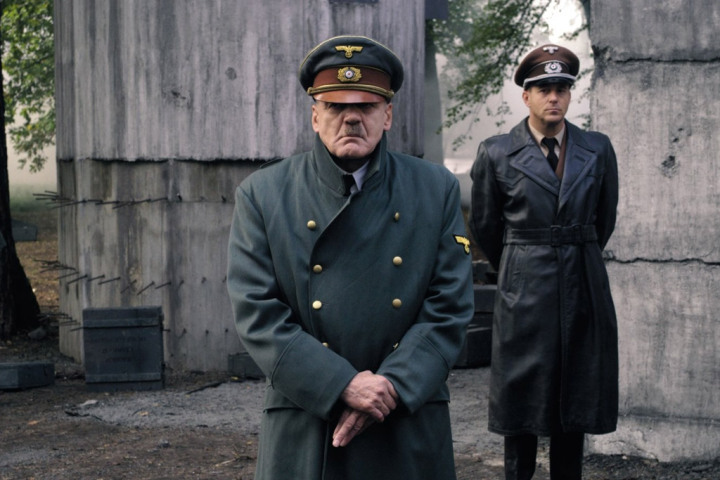
This film has one of the greatest performances of the last 30 years. If it weren’t for Heath Ledger’s performance in “The Dark Knight”, this performance by Bruno Ganz would definitely be the favorite for that award.
Among other performances, it would be unfair not to recognize the style and sensitivity imposed by Bruno Ganz in this amazing piece of history. More than a film, “Der Untergang” seems like a piece of a museum nourished throughout time with all the necessary historic facts. It tells the story of the last days of Adolf Hitler, the bloodiest dictator of the last century, while he’s in his bunker.
The movie traces those last days with special attention to Hitler but also to his employees and maids, who also lived that day with the illusion that there was still hope of a German victory.
The movie starts with an actual interview of a former maid working in the bunker, who at the time of this film’s shooting was still alive. Several facts are spread throughout the movie with attention to its ending, where several personalities are recounted, telling the future they had after 1945. I call your attention to it detail of fact-telling and precision of acting.